Emergence of 5G Technology
The RF Passive Component Market is poised for significant growth due to the emergence of 5G technology. As telecommunications companies roll out 5G networks, the demand for high-frequency RF passive components is expected to increase dramatically. 5G technology requires components that can handle higher frequencies and greater bandwidths, which presents both challenges and opportunities for manufacturers. The market for RF passive components related to 5G is anticipated to grow at a staggering rate of 10% annually, reflecting the urgency to meet the needs of this new technology. This shift is likely to drive innovation in component design and manufacturing, as companies strive to develop solutions that can support the high-speed and low-latency requirements of 5G applications. The RF Passive Component Market is thus entering a transformative phase.
Expansion of Automotive Electronics
The RF Passive Component Market is witnessing a substantial boost from the expansion of automotive electronics. As vehicles become increasingly equipped with advanced electronic systems, the demand for reliable RF passive components is on the rise. The automotive sector is projected to grow at a rate of 7% annually, driven by the integration of features such as advanced driver-assistance systems (ADAS) and infotainment systems. These applications require high-performance passive components to ensure optimal functionality and safety. Consequently, manufacturers are focusing on developing components that can withstand harsh automotive environments while maintaining performance. This trend not only enhances the reliability of automotive electronics but also contributes to the overall growth of the RF Passive Component Market.
Focus on Miniaturization and Integration
The RF Passive Component Market is increasingly characterized by a focus on miniaturization and integration of components. As electronic devices become smaller and more compact, the demand for miniaturized RF passive components is growing. This trend is particularly evident in consumer electronics, where space constraints necessitate the use of smaller components without compromising performance. Recent studies indicate that the miniaturization of passive components could lead to a market growth rate of approximately 5% over the next few years. Manufacturers are responding by developing integrated solutions that combine multiple functions into a single component, thereby enhancing efficiency and reducing assembly costs. This emphasis on miniaturization and integration is likely to shape the future of the RF Passive Component Market, as it aligns with the broader trends in electronics design.
Technological Advancements in RF Passive Components
The RF Passive Component Market is experiencing a notable transformation due to rapid technological advancements. Innovations in materials and manufacturing processes are enhancing the performance and reliability of passive components such as capacitors, inductors, and resistors. For instance, the introduction of high-frequency ceramic capacitors has improved signal integrity in communication systems. Furthermore, the integration of advanced simulation tools in design processes is enabling manufacturers to optimize component performance, thereby reducing time-to-market. As a result, the RF Passive Component Market is projected to witness a compound annual growth rate of approximately 6% over the next five years, driven by these technological improvements. This trend indicates a shift towards more efficient and compact designs, which are essential for modern electronic devices.
Increasing Demand for Wireless Communication Technologies
The RF Passive Component Market is significantly influenced by the escalating demand for wireless communication technologies. With the proliferation of smartphones, IoT devices, and smart home technologies, the need for efficient RF passive components has surged. According to recent data, the wireless communication sector is expected to grow at a rate of 8% annually, necessitating a corresponding increase in passive components that support these technologies. Components such as filters and couplers are critical in ensuring signal clarity and strength in wireless applications. This growing demand is prompting manufacturers to innovate and expand their product lines, thereby enhancing the overall market landscape. The RF Passive Component Market is thus positioned for robust growth as it adapts to the evolving needs of the wireless communication sector.

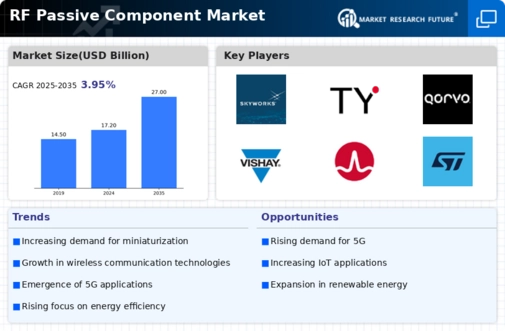

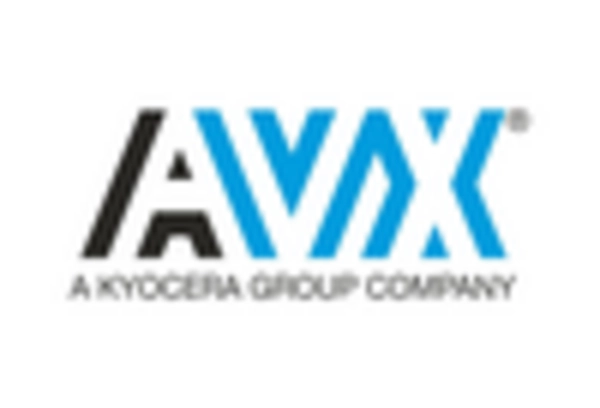
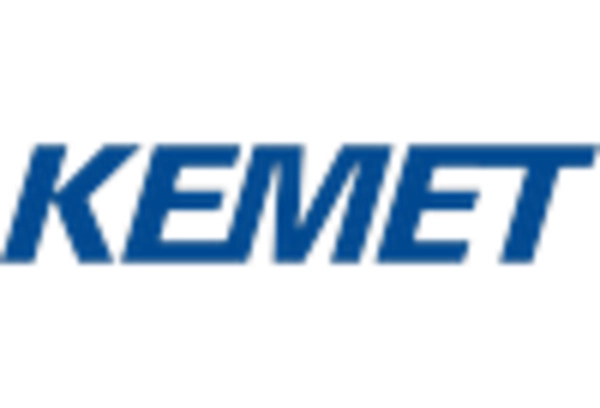
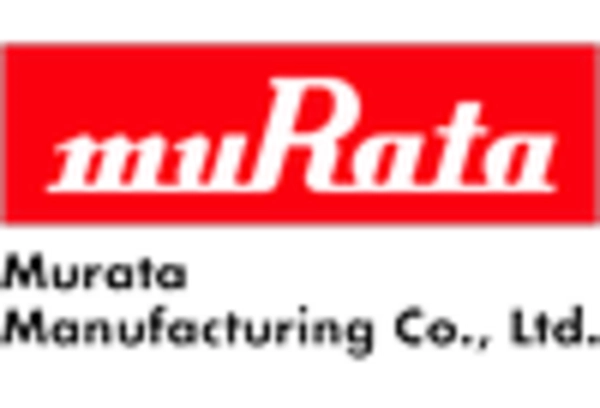
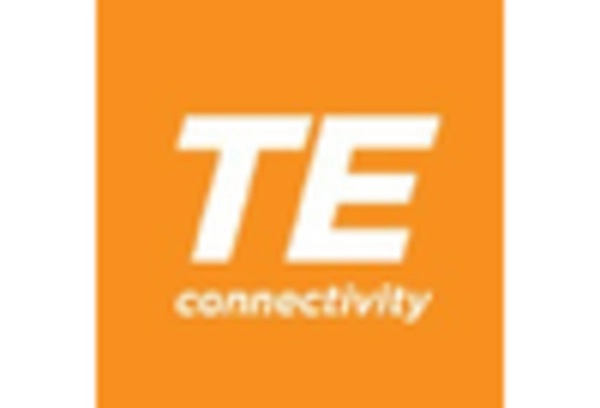









Leave a Comment